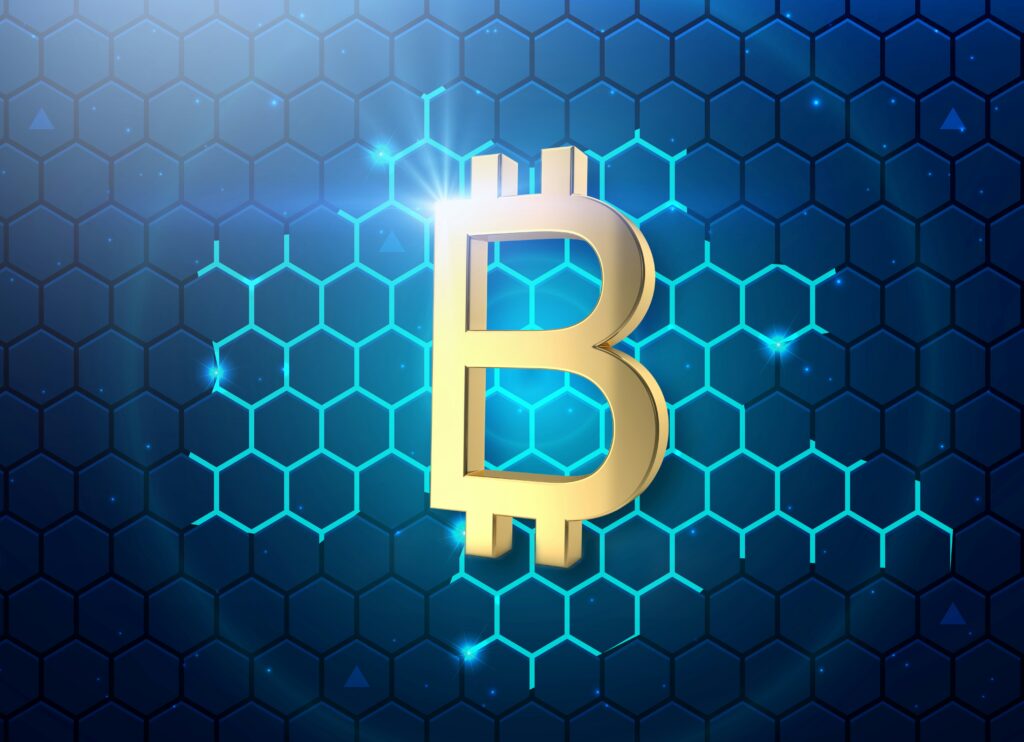Decentralization is a key concept in blockchain and other modern systems. However, it can be confusing for beginners. This guide provides a clear explanation of decentralization, how it works, and real-world examples.
What is Decentralization?
Imagine a system where no single person or entity is in charge. That’s decentralization. Decision-making power is spread out among many participants. Each participant, or node, has equal authority. This makes the system more democratic and resilient. In technology, decentralization often means data and control are managed by many parties, not just one central authority like a government, bank, or big company.
Decentralization vs. Centralization
To understand decentralization, let’s compare it to centralization.
- Centralization: One authority makes all the decisions. Data is stored in one place. If that central authority fails, the whole system fails. Think of a traditional bank. All transaction data lives on the bank’s servers. If those servers go down, customers lose access to their money. Similarly, centralized social media platforms like Facebook control all user data.
- Decentralization: Many parties make decisions together. Data is stored across multiple locations. If one node fails, the system keeps working. This is like blockchain. Every node on the network holds a copy of the transaction data. Peer-to-peer file sharing (like BitTorrent) also works this way. Files are shared directly between users without a central server.
How Decentralization Works
Decentralized systems rely on a few key principles:
- Data Distribution: Data is stored in many different places, not just one central server.
- Consensus Mechanisms: All participants must agree before a decision is made.
- Distributed Security: Hacking the entire network is difficult because the data is spread out.
Real-World Examples of Decentralization
- Blockchain and Cryptocurrency: Cryptocurrencies like Bitcoin and Ethereum use decentralized networks. Transaction records are distributed across many computers worldwide. No single authority controls the network. Learn more about Bitcoin on sites like CoinMarketCap.
- Peer-to-Peer Communication: Apps like Signal offer decentralized communication, bypassing central servers. Find out more about decentralized communication on Signal’s website.
- Decentralized Autonomous Organizations (DAOs): DAOs are organizations governed by rules encoded in smart contracts on a blockchain. All members have a say in decisions. Explore DAO resources on websites like Aragon.
- Decentralized Energy: Homes with solar panels can share energy directly with neighbors, creating a local microgrid. Explore resources from the U.S. Department of Energy to learn more about distributed generation.
- Peer-to-Peer File Sharing: Platforms like BitTorrent allow users to download files directly from each other, without a central server. Research the history and development of BitTorrent on Wikipedia.
Advantages of Decentralization
Decentralization offers several benefits. First, it creates resilience. There’s no single point of failure. Second, it promotes transparency. Data is open to everyone. Third, it encourages democracy by distributing control. Finally, it can enhance user privacy.
Disadvantages of Decentralization
However, decentralization also has drawbacks. For instance, decision-making can be slower because it requires consensus. Additionally, implementing decentralized systems can be more complex. Furthermore, operating costs can be higher due to distributed data storage.
A Simple Analogy: Your Local Co-op
Think of a local cooperative grocery store. Members jointly own and run the store. They vote on decisions. The store doesn’t rely on one single person. This is decentralization in action.
Conclusion
In short, decentralization distributes power and data. This enhances security, transparency, and resilience. While it has challenges, understanding decentralization helps you appreciate modern technologies like blockchain and P2P systems.


